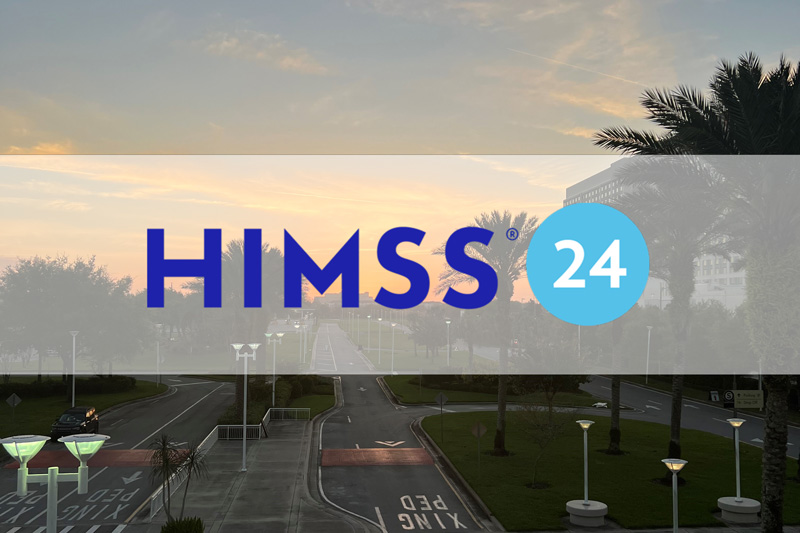 Healthcare organizations that have achieved success with population health have discovered that implementing the necessary supporting analytics doesn’t need to be overly complicated. But delivering significant insight and value does require a disciplined and constantly evolving approach to analytics that focuses on defining, measuring and managing patient populations.
Healthcare organizations that have achieved success with population health have discovered that implementing the necessary supporting analytics doesn’t need to be overly complicated. But delivering significant insight and value does require a disciplined and constantly evolving approach to analytics that focuses on defining, measuring and managing patient populations.
Tweet: 5 successful strategies for effective population analytics
These 5 strategies will help in building a data-driven culture that’s committed to achieving the Triple Aim of improving health, lowering costs, and ensuring positive patient care experiences.
1. Segmentation
Segmenting the population is a starting point for any population health initiative. It provides a basis for determining which members of the population can benefit most from intervention. The population can be segmented by organizing groups of individuals with similar characteristics, such as chronic diseases, demographic attributes, social determinants and clinical information that may indicate vulnerability to a disease.
2. Measurement
Measurement provides insight into the state and changing nature of the population. There are four basic types of measures: population, process, experience, and outcome. Process measures for a diabetes population, for example, might focus on whether individuals are receiving the appropriate counseling, diagnostics, and treatment, and measuring outcomes considers the impact of intervention strategies. Outcome and experience measures help to assess whether interventions are effective. And population measures offer insight into how the incidence of a disease is trending over time. This helps to objectively determine if the overall program is having the intended impact as well as whether that impact is sustainable.
3. Intervention
Segmentation and measurement can help to guide intervention strategies – the approaches used to control and prevent diseases and other conditions. The information gathered through segmentation and measurement can ensure that resources are being used in ways that represent the highest probability of a positive impact. An emerging practice involves identifying opportunities for intervention prior to an individual actually exhibiting the symptoms of a condition. An example of this is preemptively intervening with the “pre-diabetic” population.
4. Prediction
The information used to define population segments can also help identify patterns in the population. These patterns can then be used to anticipate changes in patient health and allow opportunities for proactive intervention. For example, targeting preventative resources at population segments that are likely to develop expensive to treat illnesses in the future has the potential to improve quality of life and avoid costs.
5. Refinement
Refinement is arguably the most important step in a population health program. Maintaining a level of performance, once the initial target is reached, can be challenging enough. But the goal is to constantly improve. Organizations need to put data and analytics to work to constantly assess the trajectories of their populations and then respond with refinements that lead to additional improvements.
The combination of analytics and patient data, aggregated to improve visibility into populations, has the potential to significantly improve how the healthcare system functions. These strategies provide the foundation for an effective population analytics program that will help to achieve that goal.
Read more articles on population analytics
- 3 Healthcare Analytics Predictions for 2016
- Analytics and the Road to Excellence in Population Health
- 4 Ways to Get Started with Population Health
Ready for a test drive of our healthcare analytics software?
- Practical Analysis: The Next Chapter - May 21, 2020
- Exploratory Data Analysis Part 2: Helping You Make Better Decisions - October 11, 2019
- Practical Analysis: Understanding Visualization Concepts - September 19, 2019


